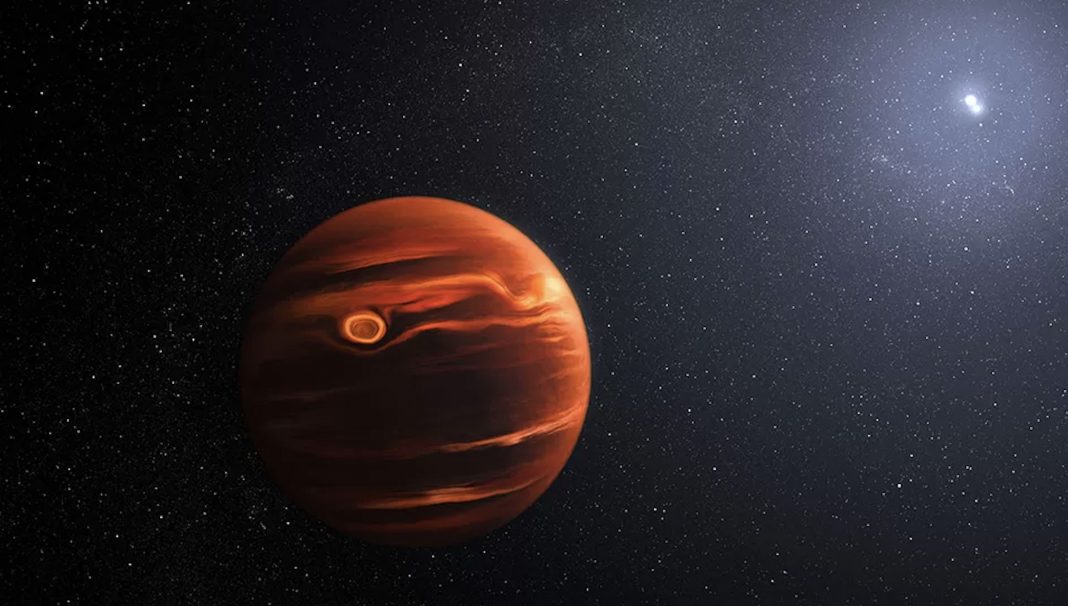For the first time, a raging dust storm has been observed by the James Webb Space Telescope on the exoplanet known as VHS 1256b outside our Solar System
The new James Webb Space Telescope (JWST) made the remarkable discovery and detected a dust storm on the exoplanet known as VHS 1256b, roughly 40 light-years from Earth.
The storm on the exoplanet is more of a rocky mist than one you might find in a desert. The dust particles are actually small grains comprising silicon and oxygen called silicates.
‘It’s kind of like if you took sand grains, but much finer’
“It’s kind of like if you took sand grains, but much finer. We’re talking silicate grains the size of smoke particles,” Prof Beth Biller from the University of Edinburgh and the Royal Observatory Edinburgh explains.
“That’s what the clouds on VHS 1256b would be like, but a lot hotter. This planet is a hot, young object. The cloud-top temperature is maybe similar to the temperature of a candle flame,” she added.
VHS 1256b was first identified in Chile in 2015
The VHS 1256b was first identified by a UK-developed Vista telescope in Chile in 2015.
The VHS 1256b is called a “super Jupiter” because it is a similar size to Jupiter but perhaps 12 to 18 times the mass.
Earlier observations of VHS 1256b showed that it was red in colour, which hinted at dust in its atmosphere, but this study has confirmed it.
“It’s fascinating because it illustrates how different clouds on another planet can be from the water vapour clouds we are familiar with on the Earth,” said Prof Biller.
“We see carbon monoxide (CO) and methane in the atmosphere, which is indicative of it being hot and turbulent, with material being drawn up from deep.
“There are probably multiple layers of silicate grains. The ones that we’re seeing are some of the very, very fine grains that are higher up in the atmosphere, but there may be bigger grains deeper down in the atmosphere.”
Webb uses Miri and NirSpec to detect
The James Webb Space Telescope uses its Mid-Infrared Instrument (Miri), part-built in the UK, and its Near-Infrared Spectrometer (NirSpec) for detection.
The James Webb Space Telescope team teased apart the light coming from VHS 1256b into its component colours in order to discern the composition of the atmosphere.
“JWST is the only telescope that can measure all these molecular and dust features together,” states Miri co-principal investigator Prof Gillian Wright, who directs the STFC UK Astronomy Technology Centre, also in Edinburgh.
“The dynamic picture of the atmosphere of VHS 1256b provided by this study is a prime example of the discoveries enabled by using the advanced capabilities of Miri and NirSpec together.”
Will exoplanets be able to host life?
Scientists hope that the discovery may even lead to an improved understanding of whether some exoplanets have conditions suitable to host life.
Astrobiologists believe that there are three ingredients vital for life on exoplanets. They are the following:
- Water
- Energy
- Organic molecules such as carbon (C)
Only time will tell whether some exoplanets might be habitable.











